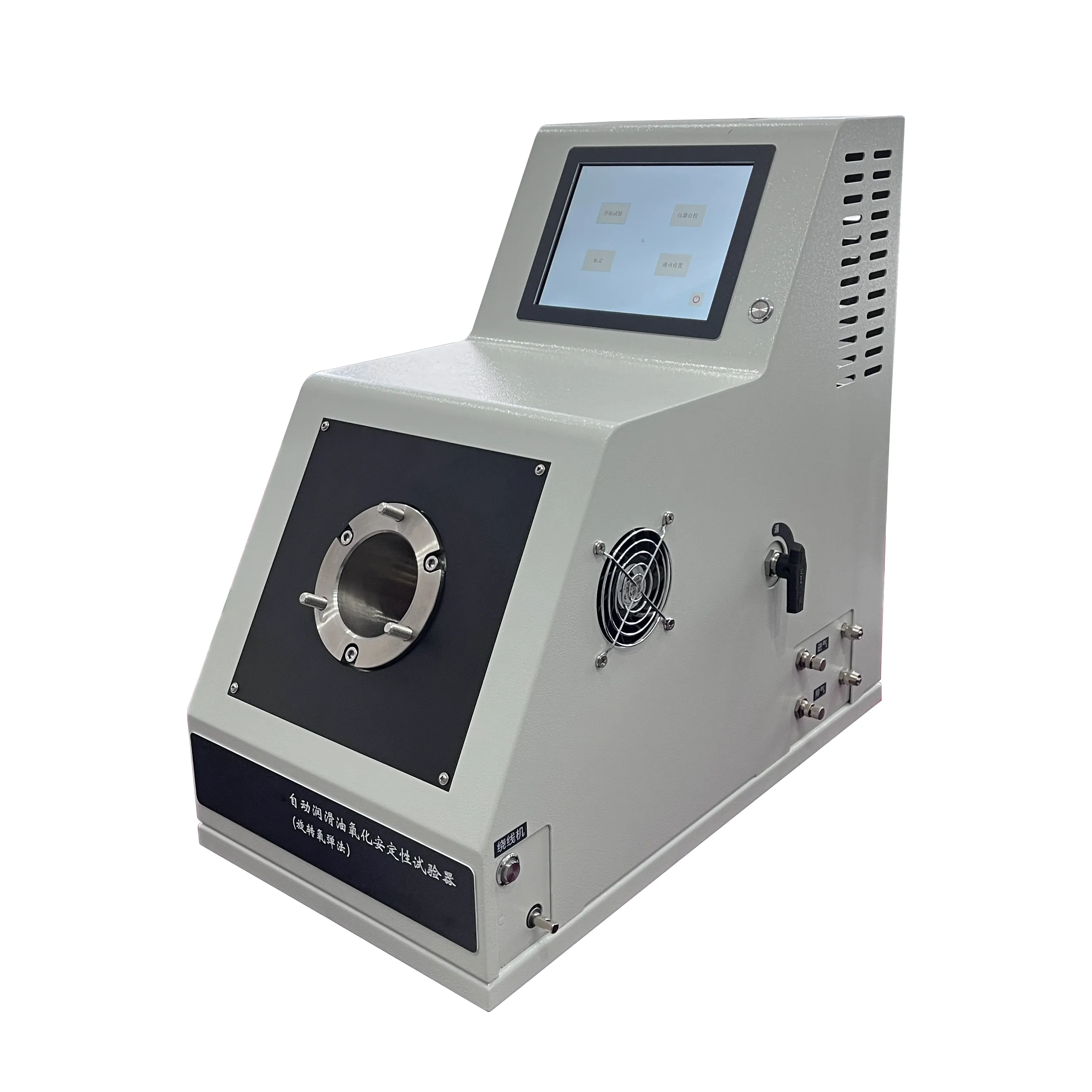 English
English


Measurement of Winding Resistance
Measurement of Winding Resistance Importance and Techniques
Winding resistance is a crucial parameter in the analysis and maintenance of electrical machines, particularly in transformers and motors. Accurate measurement of winding resistance provides insights into the condition of windings and helps detect potential issues like overheating, faults, and inefficiencies.
Winding resistance refers to the resistance of the copper or aluminum windings in electrical machines. It is primarily influenced by the material properties, temperature, and the physical configuration of the windings. High winding resistance can lead to increased losses in the form of heat, which could eventually damage the insulation and reduce the lifespan of the machine.
To measure winding resistance, several techniques are commonly used. One of the most popular methods is the four-wire (Kelvin) method. This method involves connecting a precision ohmmeter to the winding through four separate leads two leads for supplying current and two leads for voltage measurement. This arrangement helps eliminate the effect of lead resistance, providing a more accurate measurement.
measurement of winding resistance

Another method is the use of a micro-ohmmeter, which allows for precise measurements at low resistance values. This technique is particularly useful for testing the resistance in large transformers or motors where resistance values can be very low.
During the measurement process, it is essential to consider the temperature of the windings, as resistance values vary with temperature. Typically, measurements should be taken at a standardized temperature, often 20°C, and if taken at a different temperature, the results should be corrected using appropriate temperature correction factors.
Regular measurement of winding resistance is vital for predictive maintenance strategies. By analyzing historical resistance data, engineers can identify trends and patterns that may signal deterioration or potential failures before they occur. This proactive approach not only enhances reliability but also reduces downtime and maintenance costs.
In conclusion, measuring winding resistance is an essential practice in maintaining the efficiency and reliability of electrical machines. Utilizing accurate measurement techniques and understanding the implications of resistance values can significantly contribute to effective maintenance and troubleshooting, ensuring optimal machine performance and longevity.
-
Differences between open cup flash point tester and closed cup flash point testerNewsOct.31,2024
-
The Reliable Load Tap ChangerNewsOct.23,2024
-
The Essential Guide to Hipot TestersNewsOct.23,2024
-
The Digital Insulation TesterNewsOct.23,2024
-
The Best Earth Loop Impedance Tester for SaleNewsOct.23,2024
-
Tan Delta Tester--The Essential Tool for Electrical Insulation TestingNewsOct.23,2024





